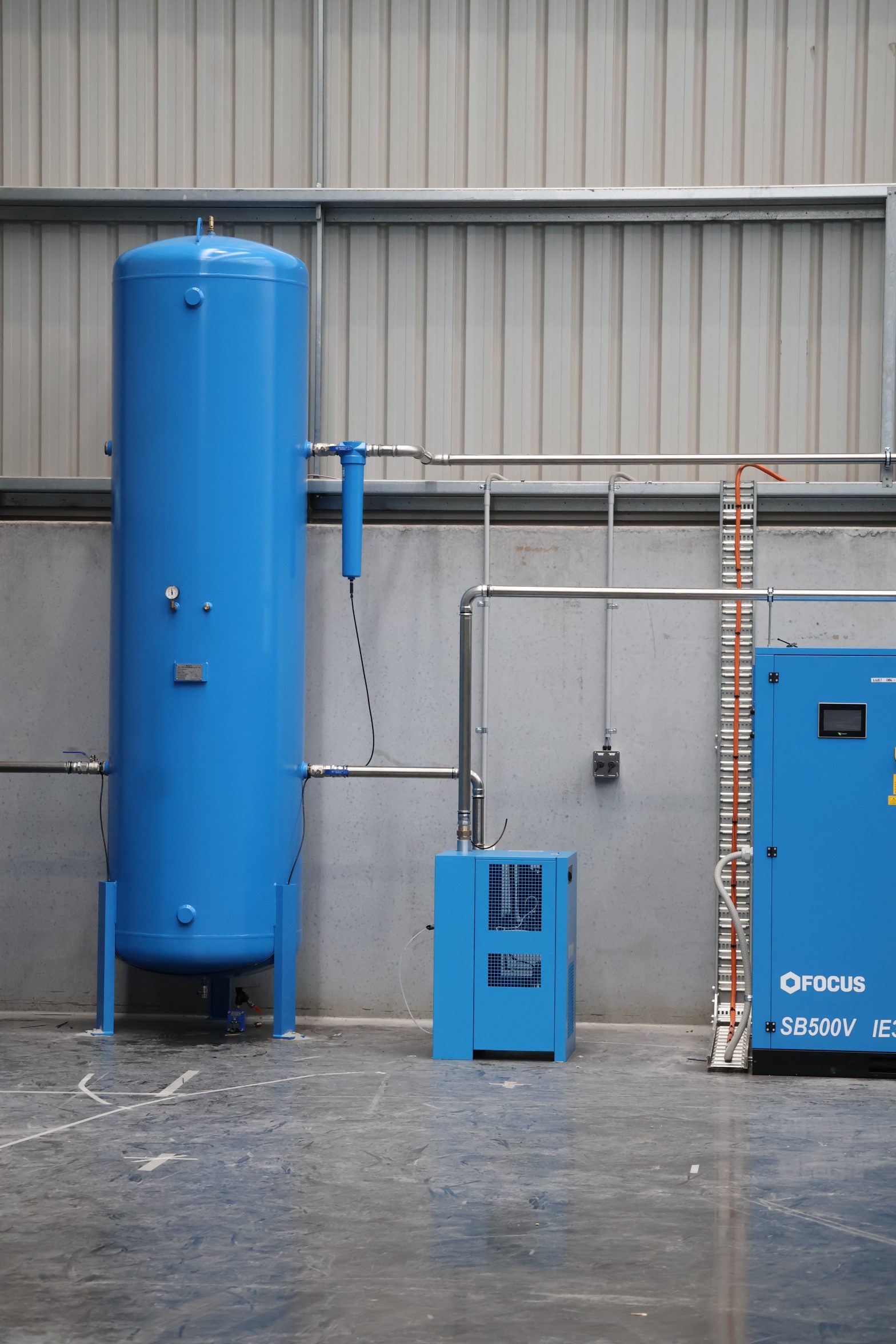An AS 3788 inspection provides guidelines for the equipment in-service inspection, testing, and maintenance of various electrical equipment, including air compressors. While it doesn’t provide highly specific details for individual equipment types like air compressors, it offers a framework that can be adapted to their maintenance.
Here’s how AS 3788 principles can be applied to air compressors:
1. Risk Assessment: Begin by assessing the level of risk associated with the air compressor’s failure or malfunction. Factors like the type of air compressor, its usage environment, and potential consequences of failure should be considered.
2. Equipment Classification: Classify the air compressor’s risk level based on the risk assessment. As mentioned earlier, air compressors are generally considered medium-risk equipment.
3. Inspection and Testing Intervals: Determine the appropriate inspection and testing intervals based on the risk assessment and the air compressor’s classification. This can range from an initial inspection before commissioning to subsequent inspections every two to three years for medium-risk equipment.
4. Inspection Procedures: Follow the inspection procedures outlined in AS 3788. These procedures often involve visual inspections for signs of damage, wear, or deterioration, as well as more detailed electrical testing to ensure proper functioning.
5. Maintenance: Regular maintenance tasks, as recommended by the air compressor’s manufacturer, should be performed in addition to inspections. This might include oil changes, filter replacements, and component checks. Any repairs or modifications should also prompt an inspection before the equipment is used again.
6. Documentation: Maintain thorough records of all inspections, tests, and maintenance activities performed on the air compressor. This documentation helps establish a maintenance history and ensures compliance with the standard.
7. Manufacturer’s Recommendations: Always refer to the manufacturer’s documentation for the specific air compressor model. Manufacturers often provide guidelines for maintenance, inspection intervals, and procedures tailored to their products.
8. Training and Expertise: Those responsible for inspecting and maintaining the air compressor should be trained and knowledgeable in electrical health and safety practices. If necessary, consult experts or technicians who specialize in air compressor maintenance.
9. Local Regulations: Consider any local regulations, workplace safety requirements, or industry standards that might influence inspection and maintenance practices.
10. Continuous Improvement: Regularly review and assess the effectiveness of the inspection and maintenance program for the air compressor. Make adjustments as needed based on performance feedback and changes in equipment usage.
What is checked during a pressure vehicle inspection?
During a pressure vessel inspection, various components and aspects of the vessel are thoroughly checked to ensure its safe operation and compliance with relevant regulations and standards.
Pressure vessels are used to store or process fluids under pressure, and due to the potential risks associated with their failure, regular inspections are critical. The scope of the inspection can vary based on factors like the type of pressure vessel, its design, and its usage environment. Here are some key elements typically checked during a pressure vessel inspection:
1. Visual Inspection: A visual examination of the pressure vessel’s exterior and interior is conducted to identify any visible signs of damage, corrosion, leakage, or wear. This can include looking for cracks, rust, bulges, dents, and any anomalies in the vessel’s surface.
2. Thickness Measurement: Ultrasonic or other non-destructive testing methods may be used to measure the thickness of the vessel’s walls. This helps assess the integrity of the vessel’s material and identify potential thinning due to corrosion or wear.
3. Welds and Joints: Welds and joints are closely inspected for any defects, cracks, or signs of poor workmanship. Weld quality is crucial for maintaining the structural integrity of the pressure vessel.
4. Pressure Testing: Periodic pressure testing is performed to assess the vessel’s ability to contain pressure safely. Hydrostatic testing involves filling the vessel with water and increasing pressure to a predetermined level while monitoring for leaks or deformations.
5. Safety Valves and Pressure Relief Devices: Safety valves and pressure relief devices are checked to ensure they are functioning correctly and set to the appropriate pressure levels. These devices are critical for preventing overpressure situations.
6. Internal Components: If the vessel has internal components, such as trays or packing, these are inspected for proper installation, corrosion, and any potential obstructions that might affect vessel performance.
7. Corrosion and Erosion: The interior and exterior surfaces of the vessel are inspected for signs of corrosion or erosion. Corrosion can weaken the vessel’s material and compromise its integrity.
8. Lining and Coating: If the vessel has protective linings or coatings, their condition is assessed to ensure they are effectively preventing corrosion and deterioration.
9. Supports and Foundations: The supports and foundations that hold the pressure vessel are inspected to ensure they are stable and capable of safely bearing the weight of the vessel and its contents.
10. Instrumentation and Controls: Pressure gauges, temperature sensors, and other instrumentation are checked to ensure they are accurate and responsive.
11. Documentation: Proper records of the inspection, testing, and maintenance activities are maintained as part of the vessel’s history and compliance documentation.
12. Code and Regulatory Compliance: The pressure vessel is checked for compliance with relevant industry codes, standards, and regulatory requirements.
Inspections can vary from routine visual checks to more comprehensive assessments involving specialised non-destructive testing methods. The frequency of inspections depends on factors such as the vessel’s design, its operating conditions, and regulatory requirements. It’s important to follow manufacturer recommendations and applicable regulations to ensure the safe operation of pressure vessels.

